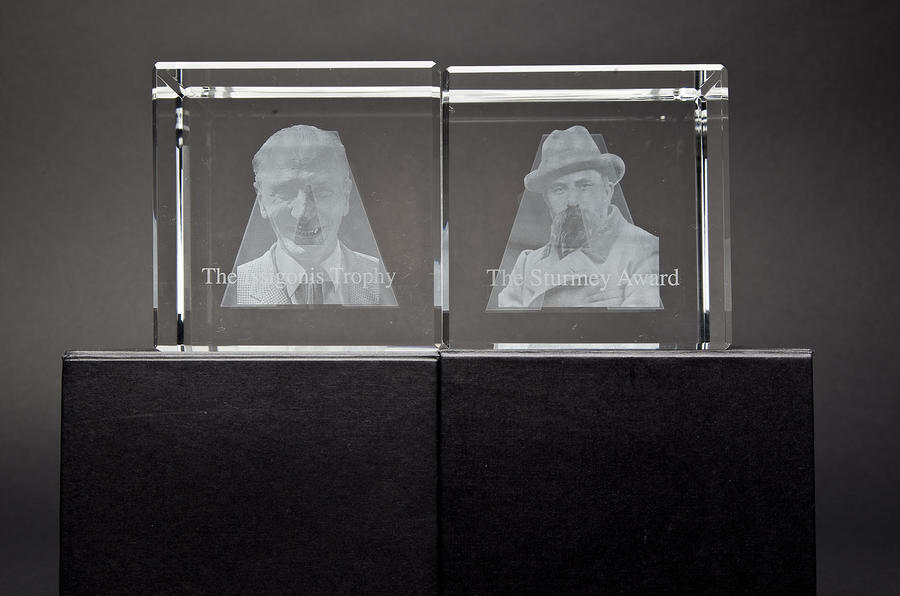On 18 May, Autocar will announce the winners of its three annual awards designed to honour the highest-achieving individuals in the automotive sphere, and to recognize the industry’s finest contemporary vehicles.
Two of the awards are for people; the third goes to the car or cars that have achieved a five-star Autocar road test verdict during the past year.
The Issigonis Trophy, our premier individual award, invokes the name of the legendary Sir Alec Issigonis. The designer changed the car world forever with his amazingly compact 1959 Morris Mini, whose revolutionary 'east-west' engine layout led to an automotive revolution.
The Trophy will go to the individual who has contributed most to the health, excellence and world competitiveness of the European motor industry.
The Sturmey Award is named after Henry Sturmey, the founding editor of Autocar in 1895 who became one of the country’s leading automotive pioneers. He was a vociferous agitator in the overthrow of the Red Flag Act which, until 1896, required automobiles to be preceded by a man on foot, carrying a red flag.
The demise of that law gave free rein to a burgeoning British motor industry. This is an editor’s award which goes to an individual, a product or a process of special merit.
In 2014, McLaren's Ron Dennis was presented with the Issigonis Trophy, while Tesla received the Sturmey Award for Innovation.
Finally, to mark the fact that Autocar’s road testing is far more thorough than any competitor's, manufacturers whose cars achieve the magazine's five-star road test verdict will receive a trophy commemorating the fact at our annual awards gathering. Last year, we celebrated the Jaguar XFR, Ferrari 458, Morgan 3 Wheeler, BMW 3 Series, Toyota GT86, Porsche Cayman, Mercedes-Benz S-Class and McLaren P1.
Full details, with winner interviews, will be published online immediately after the announcement, and in Autocar’s issue of May 20.
Sir Alec Issigonis
Most famous for the immortal Morris Mini, the best-selling British car in history whose 'east-west' engine made it amazingly light, compact and space efficient, Sir Alec Issigonis was a notably resourceful and free-thinking designer from his earliest days who influenced many parts of the British car business.
Born of Greek-German parents, Issigonis came to the UK as a refugee in 1923. He studied engineering in London from the age of 16, joined Humber in his early 20s and first came to notice racing Austin Seven specials.









Join the debate
Add your comment
Safe ro assume...